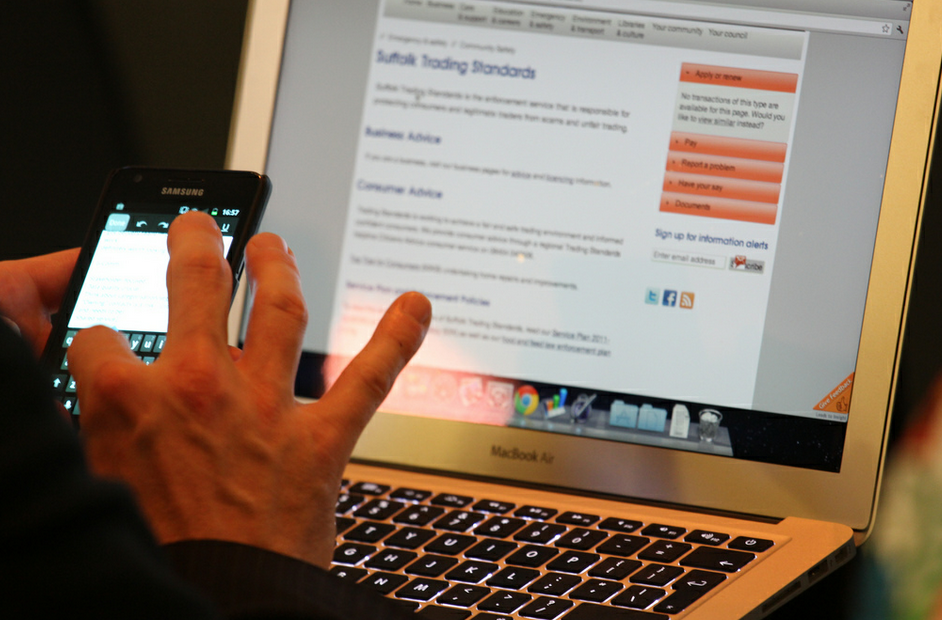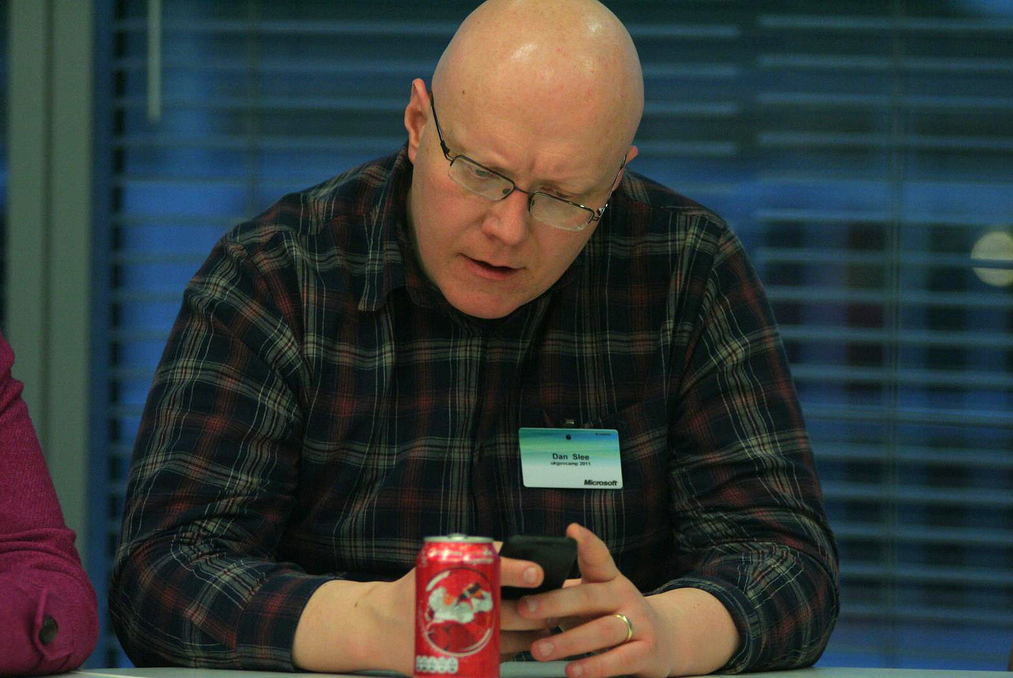
I’ve just written a wrap-up post over on the Mailcamp site about Thursday’s Mailcamp12 event at the NAO, which saw over 80 people discuss email marketing, newsletters and alerts with similarly smart folk from across and beyond the public sector. As I say there:
For me, it felt like the conversation had moved on a bit in the year since our first Mailcamp event. Then, people were proud to be using email alerts and newsletters at all; now, many of the talks presented hard numbers showing open rates, the results of A/B testing on subject lines, or the benefits of segmenting email lists on what they do, not just what they sign up for. There’s still plenty of foolish thinking in the marketing community which looks down on email, but hearing the stories around the room highlighted legions of smart folk getting on and doing it (with increasingly strong numbers to show for it).
A big thank you to all who came along, the sponsors (GovDelivery & Campaign Monitor) and especially the speakers, all of whom I enjoyed hearing from. The surprises from Ben Hoare’s split testing experiments in Lewisham, Elliot Ross’s advice on mobile email, and Dan Slee’s simple links-before-breakfast formula have all really stuck in my mind.
I did a talk about a campaign I worked on for BIS earlier this year, which used email autoresponders, managed within Campaign Monitor, to deliver follow-up links to people based on the stage they’ve got to with their business idea. Email, and autoresponders in particular, is a great fit for a fairly typical situation where:
- a campaign is aiming for a long lifespan
- there’s an initial burst of promotion and/or paid advertising
- the campaign management resourcing is tight
- but many of partners/much of the content will be brought on board later on
I was surprised at just how many campaign visitors signed up for email – 9.2% in the 3 months to date – and at the impressive open and click-through rates, which are generally over 50% for most of the segments. It’s a fairly simple idea, which has harnessed campaign traffic into a 12,000-strong list of entrepreneurs who BIS can continue to engage.

